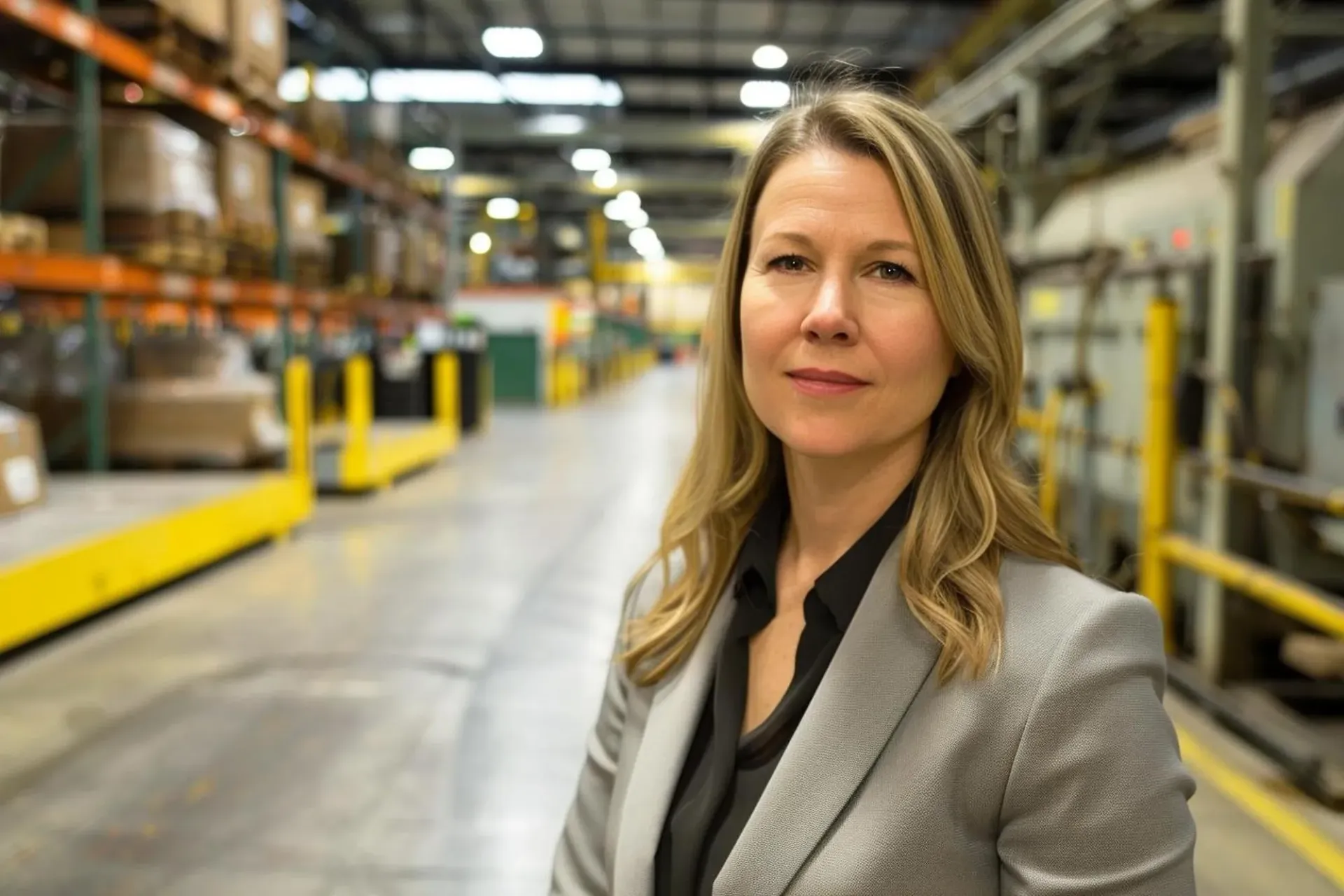The Silent Business Risk FMCG Can No Longer Ignore
Speed. Scale. Pressure. Australia’s FMCG sector has always demanded more—faster. But while supply chains are tracked to the second and marketing spend is modelled down to the decimal, one cost still goes unchecked: toxic workplace culture.
More than half of Australian workers report experiencing a toxic work environment. Low psychological safety costs Australian businesses $6 billion annually. And toxic leadership is estimated to cost the economy $2.2 billion every year in lost productivity.
Despite this, only 25% of companies actively measure their culture. That disconnect is costing the FMCG sector billions—not just in output, but in innovation, retention, and brand reputation.
Executive Turnover: A Strategy Failure Disguised as Attrition
In 2024, 8% of the workforce changed employers. In FMCG, that figure was higher—particularly at senior levels.
Replacing an executive costs up to 2x their salary. But the hidden cost is strategic drift. High churn among senior leaders disrupts growth, stalls decision-making, and undermines credibility with investors and staff.
It’s not just salary expectations driving exits—it’s burnout. 74% of employees say they plan to leave once economic conditions improve.
If you’re seeing leadership churn, don’t blame the market. Ask: what’s happening inside your business that makes people want to leave?
[Sources: Ai Group, NAB Behavioural Insight Report, Forbes]
Toxic Cultures Don’t Just Hurt Employees—They Damage Brands
A toxic culture isn’t just an HR problem—it’s a brand risk. Country Road Group’s bullying scandal led to a 66% drop in adjusted operating profit and major restructuring.
Consumers are paying attention. Companies with poor cultures see up to 18 months of declining customer satisfaction. Ethical treatment of staff now factors into purchase decisions and brand loyalty—especially among Gen Z and millennial consumers.
You can’t sell ethical consumption and mistreat your people. Not anymore.
Burnout Is a Business Model Problem, Not an Individual Weakness
Burnout in FMCG isn’t limited to frontline staff. Senior leaders are among the most at risk—and the least likely to get support.
Fear-driven leadership and relentless KPI pressure create environments where productivity falls by 20–30%, absenteeism rises sharply, and innovation stalls. These aren’t individual performance issues—they’re systemic leadership failures.
Research now links sustained burnout to measurable losses in output, creativity, and engagement across industries. When a culture rewards endurance over wellbeing, the human cost becomes a financial one.
If your most talented people are exhausted, disengaged, or disappearing, the problem isn’t them. It’s you.
Culture Is Strategy. Treat It That Way.
Executives need to stop seeing culture as something to be ‘managed’ by HR and start treating it like any other line item on the balance sheet.
Toxic environments are expensive. High-performance cultures are assets. Yet most leaders assume their culture is healthy—84% believe so—while only 60% of their staff agree.
That’s not alignment. That’s delusion.
And ESG-minded investors are watching closely. Multiple investor-surveys suggest a large majority of institutional investors now factor human capital/culture in value assessments.
If you're not measuring it, monitoring it, or improving it—you’re not leading. In FMCG, where speed and agility are everything, a weak culture isn’t just a liability. It’s a growth ceiling.


